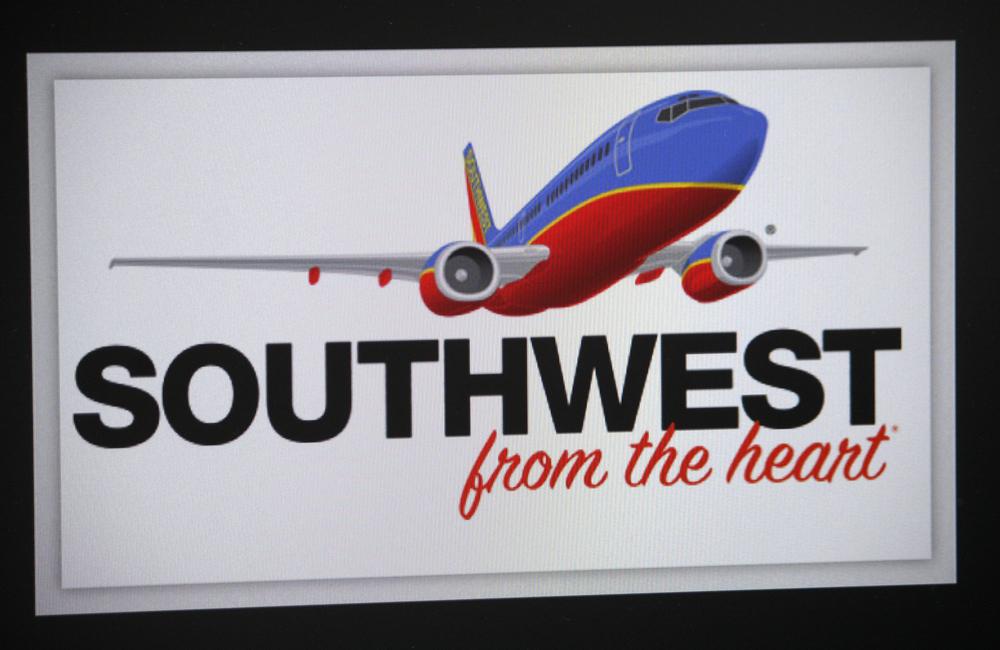‘WSJ’ Takes Us Behind the Scenes of Southwest’s Crisis

The Wall Street Journal this week provided an excellent behind-the-scenes look at how Southwest Airlines responded to the recent Flight 1380 tragedy. Southwest’s performance has been generally lauded, and the piece offers some important crisis considerations.
The column, entitled “At Southwest Airlines, the Minutes After Disaster Struck,” is by Scott McCartney, who writes the Journal’s weekly “Middle Seat” feature covering airlines and travel.
The piece is interesting from the very first sentence. In it, McCartney reports that Southwest senior executives were at a hotel meeting in their headquarters city of Dallas on April 17 “when suddenly phones blared in unison around the room” (point No. 1: the company likely has a crisis-notification system).
The alert was about Flight 1380, which had left New York for Dallas. An engine had exploded, causing shrapnel to break a window, through which a woman, Jennifer Riordan, was partially sucked out. She eventually died. The plane made an emergency landing in Philadelphia.
A situation like that is sort of the classic fog. It does take a while to make sure we have the facts.
— Southwest CEO Gary Kelly
The executives returned to headquarters where “they put an emergency-response plan into action.”
Another interesting point addressed the problem of gathering accurate information when a crisis hits. Passengers turned to social media, tweeting about and live streaming what was happening in the cabin; Southwest’s social-media listening team forwarded relevant messages to company leaders, who used that intelligence to aid them in their response.
‘Classic Fog’
“A situation like that is sort of the classic fog,” Southwest CEO Gary Kelly told McCartney. “It does take a while to make sure we have the facts.”
Kelly almost immediately issued a video apology, and the company tweeted out several updates and eventually put out a press release. The initial tweet, though brief, gave detailed information. The press release showed compassion: Even the headline contained the words “Our Hearts Are With Those Affected.”
Wisely, the company pulled all its advertising from social media.
Some of the logistical moves Southwest made were pretty impressive. It sent a plane full of employees to Philadelphia to help other employees, customers, and the 1380 passengers, including arranging flights and trauma counseling. It also sent four employees to Albuquerque, New Mexico, where Riordan lived, to help the family with travel plans.
“Everybody has a checklist,” McCarthy quoted CEO Kelly.
Assistance Available
There was more. Some passengers stayed overnight in Philadelphia, and Southwest slipped letters under their hotel doors reminding them that people were available to assist in any way needed. The company provided a flight that night just for those who had been on 1380 and who wanted to travel to Dallas then.
The next day, Southwest called and emailed all the passengers again offering assistance. It sent each a $5,000 check plus a $1,000 travel voucher, with no conditions (i.e., no release from legal liability).
Finally, although Southwest hadn’t had to use its accident response plan since 2005, it had wisely made updates to the plan based on accident experiences of competitors. The company also constantly trained employees in the plan. “Executives regularly hold exercises and the emergency-response team runs full-scale drills at airports,” McCartney writes.
What happened on Flight 1380 was a terrible tragedy. Southwest’s response to the crisis was exemplary.
Photo Credit: Shutterstock
This is an abridged version of an article that appeared today on the CrisisResponsePro paid subscription portal. (CrisisResponsePro subscribers can access the full version by clicking here. ID and password are required.) To take advantage of all of the content, data, and collaborative resources CrisisResponsePro has to offer, contact us at info@crisisresponsepro.com.




 Back to Blog
Back to Blog